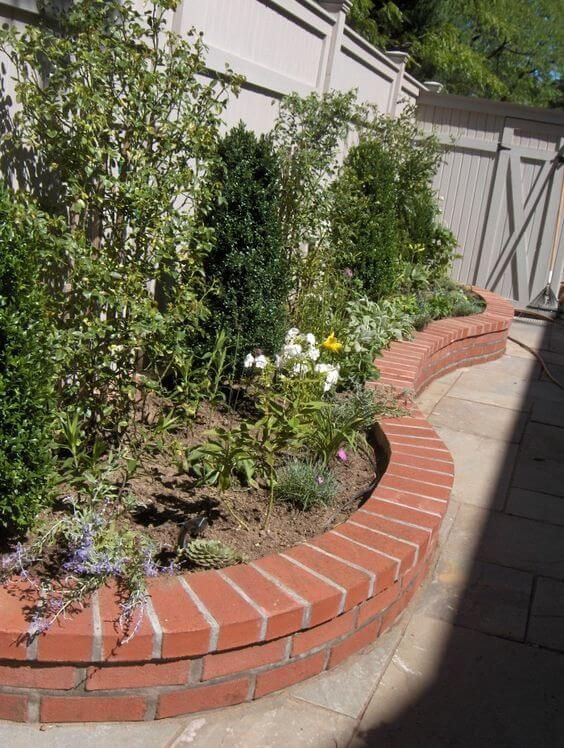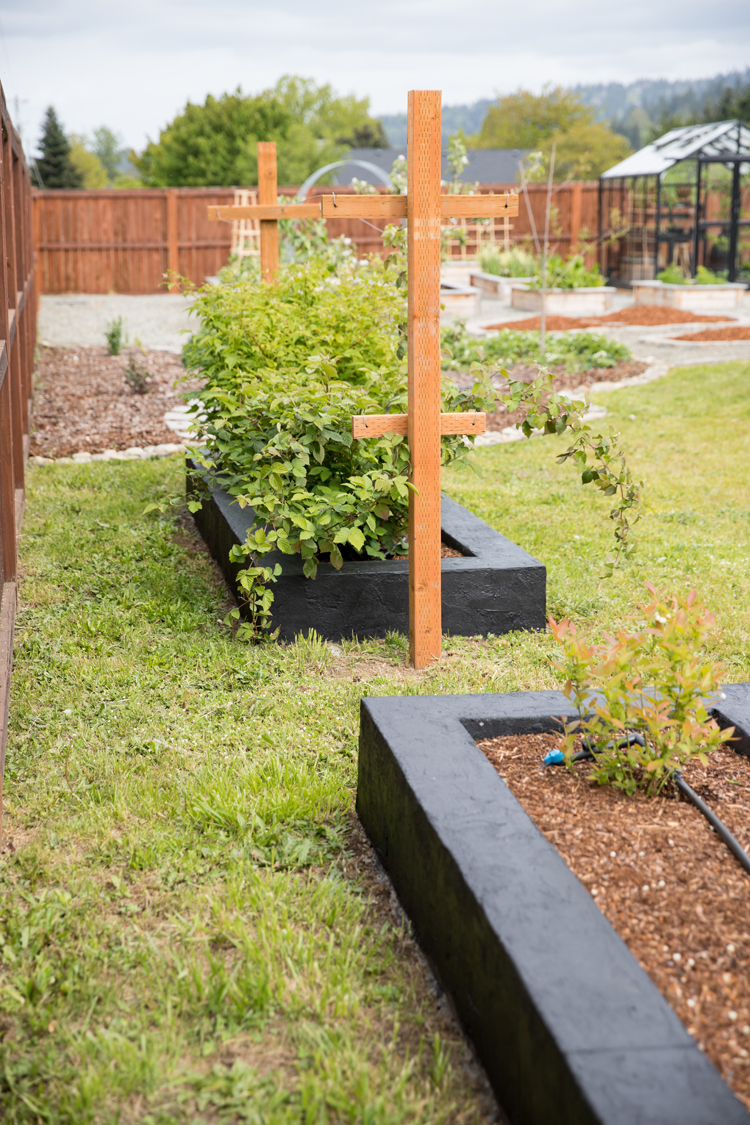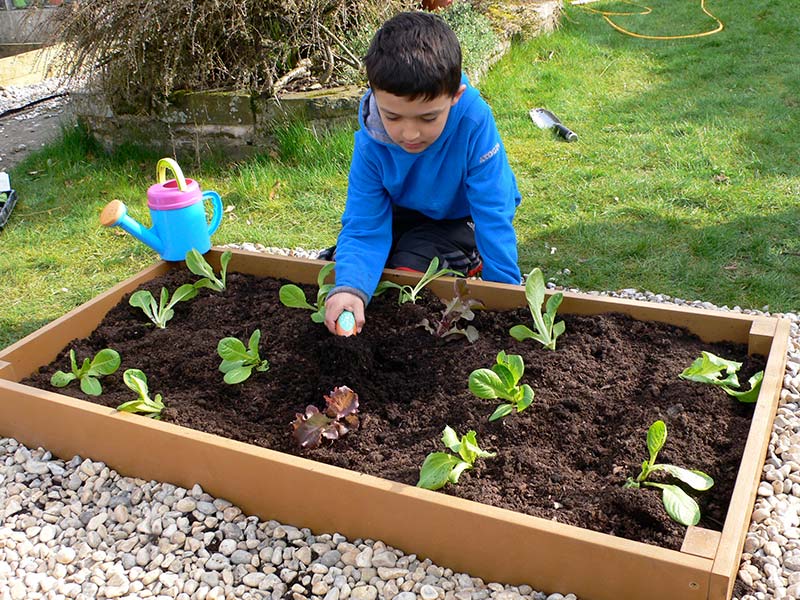Elevated Flower Beds: The Easiest Way To Grow Beautiful Flowers
Elevated Flower Beds: The Easiest Way to Grow Beautiful Flowers
If you're looking for an easy way to grow beautiful flowers, then an elevated flower bed is the perfect solution for you. Elevated flower beds are raised above the ground, which makes them easier to access and maintain. They also provide better drainage and aeration, which can lead to healthier plants.
In this blog post, we will discuss the benefits of elevated flower beds and provide instructions on how to build your own. We will also share some tips for choosing the right plants for your elevated flower bed.
Benefits of Elevated Flower Beds
There are many benefits to using elevated flower beds. Here are a few of the most important ones:
- Easy access and maintenance: Elevated flower beds are raised above the ground, which makes them easier to access and maintain. This is especially beneficial for people with limited mobility or who have difficulty bending over.
- Better drainage and aeration: The raised soil in an elevated flower bed drains and aerates better than soil that is level with the ground. This can lead to healthier plants that are less susceptible to pests and diseases.
- Longer growing season: Because elevated flower beds warm up more quickly in the spring, they can provide a longer growing season for your plants. This means you can enjoy your flowers for longer!
- Visual appeal: Elevated flower beds can add a touch of beauty and elegance to any yard or garden. They can also be used to create a focal point or to divide up a space.
How to Build an Elevated Flower Bed
Building an elevated flower bed is a relatively easy project that can be completed in a few hours. Here are the basic steps involved:
- Choose a location for your elevated flower bed. It should be in a spot that gets plenty of sunlight and has good drainage.
- Decide on the size of your elevated flower bed. The standard size is 4 feet wide by 8 feet long, but you can make it any size you like.
- Gather your materials. You will need lumber, screws, a level, and a saw.
- Build the frame for your elevated flower bed. The frame should be made from 2x4s.
- Attach the frame to the ground. You can use stakes or concrete blocks to secure the frame in place.
- Fill the elevated flower bed with soil. Use a quality potting mix that is designed for flowers.
- Plant your flowers!
Choosing the Right Plants for Your Elevated Flower Bed
When choosing plants for your elevated flower bed, there are a few things you need to keep in mind:
- The size of the plants. Make sure to choose plants that are the right size for your elevated flower bed. You don't want to plant trees or large shrubs in a small flower bed!
- The amount of sunlight. Some plants need more sunlight than others. Make sure to choose plants that will thrive in the amount of sunlight your elevated flower bed receives.
- The climate. Some plants are more cold-hardy than others. If you live in a cold climate, you will need to choose plants that can withstand the cold weather.
Here are a few suggestions for plants that are well-suited for elevated flower beds:
- Annuals: Annuals are perfect for elevated flower beds because they bloom for one season and then die off. This means you don't have to worry about them overwintering. Some popular annuals for elevated flower beds include marigolds, petunias, and geraniums.
- Perennials: Perennials come back year after year, so they are a good investment for your elevated flower bed. Some popular perennials for elevated flower beds include daylilies, roses, and lavender.
- Vegetables: Elevated flower beds can also be used to grow vegetables. Some popular vegetables for elevated flower beds include tomatoes, peppers, and cucumbers.
Conclusion
Elevated flower beds are a great way to add beauty and color to your yard or garden. They are also easy to access and maintain, and they can provide a longer growing season for your plants. If you are looking for an easy way to grow beautiful flowers, then an elevated flower bed is the perfect solution for you.
Are you interested in learning more about elevated flower beds? Home Gardening has a wealth of information on the topic, including:
- The benefits of raised beds
- How to build your own raised bed
- What plants to grow in raised beds
- How to care for raised beds
Home Gardening also offers a variety of raised bed kits and supplies, so you can get started on your gardening project right away.
Visit Home Gardening today to learn more about elevated flower beds!
FAQ of elevated flower beds
Here are some frequently asked questions about elevated flower beds, along with valuable insights and solutions:
- What are the benefits of using elevated flower beds?
There are many benefits to using elevated flower beds. They can:
* Improve drainage, which is especially important in areas with poor soil or high water tables.
* Reduce the amount of weeding and watering needed, as the soil in elevated beds tends to stay warmer and drier than in ground-level beds.
* Make it easier for people with disabilities or mobility issues to garden.
* Create a focal point in your yard or garden.
* Add height and interest to your landscape.
- What materials can I use to build an elevated flower bed?
There are many different materials that you can use to build an elevated flower bed, including wood, stone, brick, concrete, and even old tires. The best material for you will depend on your budget, the size of the bed you want to build, and the style of your yard or garden.
- How deep should an elevated flower bed be?
The depth of your elevated flower bed will depend on the type of plants you want to grow. For most flowers and vegetables, a depth of 6-12 inches is sufficient. However, if you want to grow taller plants, such as tomatoes or eggplants, you will need a deeper bed.
- What type of soil should I use in an elevated flower bed?
The soil in your elevated flower bed should be well-draining and rich in organic matter. You can improve the drainage of your soil by adding sand or gravel. You can add organic matter to your soil by adding compost, manure, or peat moss.
- How often should I water an elevated flower bed?
The frequency of watering will depend on the climate you live in, the type of plants you are growing, and the size of your flower bed. In general, you should water your elevated flower bed when the top inch of soil is dry.
- How can I protect my elevated flower bed from pests and diseases?
There are a number of things you can do to protect your elevated flower bed from pests and diseases, including:
* Planting resistant varieties of plants.
* Rotating your crops.
* Removing weeds and debris regularly.
* Watering your plants at the base, not overhead.
* Using insecticidal soap or neem oil to control pests.
* Applying fungicide to control diseases.
- How can I winterize my elevated flower bed?
If you live in an area with cold winters, you will need to winterize your elevated flower bed to protect your plants from the cold. This may involve covering your bed with a tarp or plastic sheet, or bringing your plants indoors.
Image of elevated flower beds
- A wooden raised flower bed with a lattice top. This type of bed is perfect for growing climbing plants, such as tomatoes or cucumbers.

- A brick raised flower bed with a curved edge. This type of bed is a classic and elegant choice that will add a touch of sophistication to any garden.

- A raised flower bed made from old tires. This type of bed is a creative and eco-friendly way to add some height to your garden.

- A raised flower bed made from railroad ties. This type of bed is durable and long-lasting, and it can add a rustic touch to your garden.

- A raised flower bed made from stone. This type of bed is elegant and timeless, and it will add a touch of luxury to your garden.

- A raised flower bed made from concrete. This type of bed is durable and low-maintenance, and it can be customized to fit any size or shape.

- A raised flower bed made from plastic. This type of bed is lightweight and easy to move, and it is a good option for gardens with limited space.

- A raised flower bed made from wood pallets. This type of bed is a budget-friendly option that is also easy to build.

- A raised flower bed made from cinder blocks. This type of bed is durable and inexpensive, and it can be stacked to create any height you need.

- A raised flower bed made from old barrels. This type of bed is a unique and eye-catching way to add some height to your garden.

Post a Comment for "Elevated Flower Beds: The Easiest Way To Grow Beautiful Flowers"